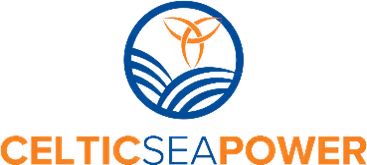Revolutionizing EIAs for Offshore Wind Farms with eDNA
In collaboration with Natural Power and EDF Renewables eDNA is validated as a powerful tool for assessing ecology around offshore wind developments, promising faster, cheaper, and more comprehensive biodiversity insights across project lifecycles.
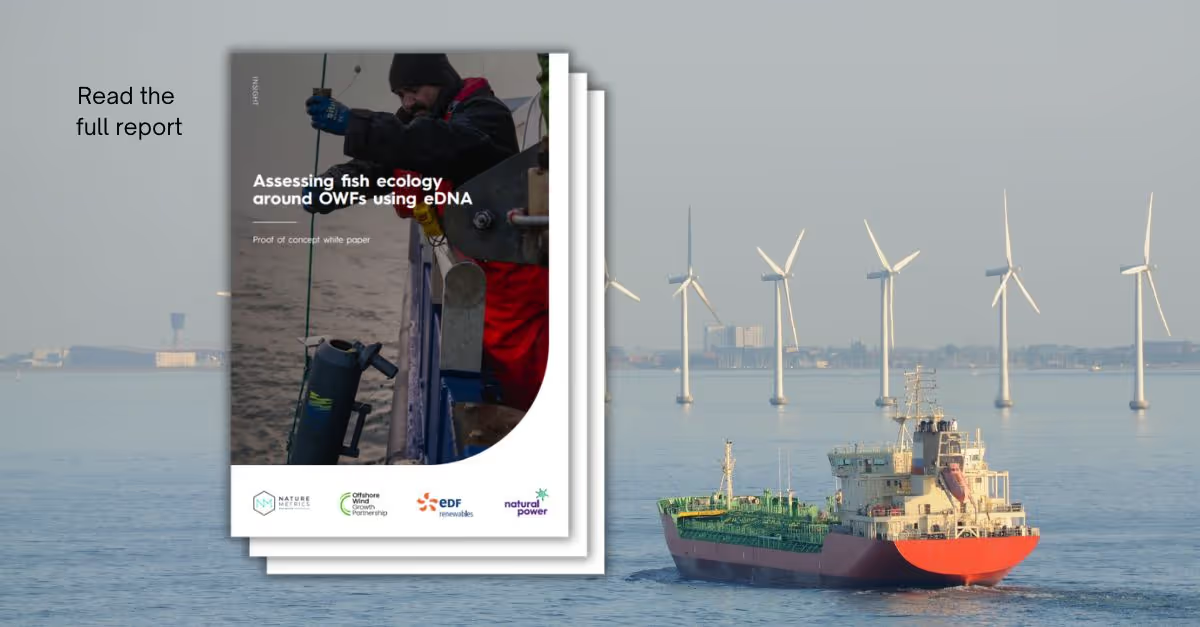
A collaboration between
Project Snapshot
Overview
As the UK targets 50 GW of offshore wind capacity by 2030, there is an urgent need for more efficient, scalable, and comprehensive survey methods to inform environmental assessments and monitor impacts throughout project lifecycles.
Natural Power, NatureMetrics, and EDF Renewables collaborated on a first of its kind project to validate the use of environmental DNA (eDNA) for fish surveys at offshore wind farms. The study, conducted at EDF's Blyth Offshore Demonstrator wind farm over an 18-month period, compared eDNA sampling with conventional trawling methods over four seasonal surveys. The aim of the project was to determine if eDNA could provide equivalent or superior data quality while significantly reducing costs and environmental impacts associated with traditional fish ecology assessments.

The Challenge
The offshore wind industry's rapid expansion to meet clean energy targets has exposed critical limitations in traditional fish surveying methods. Conventional trawling surveys face numerous hurdles: scarcity of specialized vessels and trained ecologists, frequent weather-related delays, and an invasive nature that can harm marine life and habitats. Perhaps most significantly, safety concerns prevent trawling close to turbine structures, leaving crucial areas unexplored. Additionally, trawling's selectivity often results in missing important species, particularly smaller or bottom-dwelling fish.
eDNA sampling offers a compelling solution to these challenges. By requiring only water sample collection, it dramatically improves crew safety compared to the complex operations of trawling. Smaller boats can easily maneuver between turbines to collect samples, and the process doesn't require extensive ecological expertise. eDNA surveys can be conducted much faster and non-invasively, providing a more comprehensive picture of marine biodiversity. As the offshore wind industry rapidly expands, these more efficient and scalable survey methods are urgently needed to inform environmental assessments and monitor impacts throughout project lifecycles.

.avif)
.avif)
Our Role
NatureMetrics provided eDNA sampling kits and laboratory analysis services using both "fish" and "vertebrate" metabarcoding assays. The team helped design a sampling strategy that included locations within the turbine array that could not be trawled. Water samples were collected from near the seabed at multiple stations across four seasonal surveys. NatureMetrics processed the samples and conducted bioinformatics analysis to generate species detection data and worked collaboratively with Natural Power and EDF Renewables to compare the eDNA findings with the trawl data and produce the final public report.

The Findings
Species Detection:
- eDNA: 54 fish species identified VS Trawling: 26 fish species identified
- eDNA detected important species missed by trawling, including European eel, Atlantic salmon, and sea trout
Seasonal and Spatial Trends:
- eDNA successfully captured known seasonal patterns, e.g., peak whiting abundance in autumn
- Spatial community differences aligned with trawl data, e.g., distinct assemblages at nearshore vs offshore stations
Turbine Array Insights:
- First-ever detailed species composition data from within turbine array
- Higher relative abundances of rocky habitat species (e.g., goldsinny, bull rout) within array, supporting artificial reef hypothesis
Multi-taxa Data:
- 4 marine mammal species detected: minke whale, harbour porpoise, bottlenose dolphin, white-sided/white-beaked dolphin
- Seabird species identified, including great cormorant and common guillemot
- Over 60 invertebrate species detected, including benthic organisms
Statistical Robustness:
- Multivariate analyses (e.g., ANOSIM, PERMANOVA) showed eDNA data captured the same community structure patterns as trawl data
- Diversity indices (Shannon-Wiener, species richness) from eDNA aligned with trawl-based calculations
Full findings available in the report accessible HERE.

Michelle Elliott
Principal Environmental Consultant at Natural Power
The Impact
This project with EDF Renewables and Natural Power clearly demonstrates the benefits of using eDNA as an alternative to traditional fish trawling surveys laying the groundwork for how we protect biodiversity in the face of rapid offshore wind development. eDNA offers applications throughout the offshore wind farm project lifecycle, from initial scoping and baseline surveys to construction monitoring, operational assessments, and decommissioning.
The study revealed significant cost and time savings, with a 40% reduction in vessel time and only one-third of the personnel resources required compared to traditional methods. eDNA sampling can be conducted from various vessels, expanding survey windows and reducing weather-related delays. The method also enhances data quality, providing comprehensive species lists that include both commercially important and ecologically significant species. Multi-taxa insights from a single sample have been seen to show fish, mammals, birds, and invertebrates, while the ability to sample within turbine arrays offers crucial data on structure-species interactions.
eDNA's non-invasive sampling nature also aligns with the increasing focus on biodiversity protection, allowing for continuous monitoring without disturbing marine life. The comprehensive eDNA data supports more informed EIAs and targeted mitigation strategies, potentially streamlining permitting processes and enabling long-term ecosystem health tracking and assessment of conservation investments such as artificial reef creation. As the offshore wind industry expands, eDNA offers a scalable solution for surveying deeper, more remote sites planned for offshore and floating offshore wind farms. The report with EDF Renewables and Natural Power paves the way for wider adoption of eDNA in offshore wind development, providing a tool to help ensure industry growth occurs in the most sustainable way.
Read the full project report HERE
Watch our joint webinar with Natural Power and EDF Renewables which explores the project report in detail.
%2520(1).avif)

Scott Sutherland
Head of Offshore at EDF Renewables



.avif)

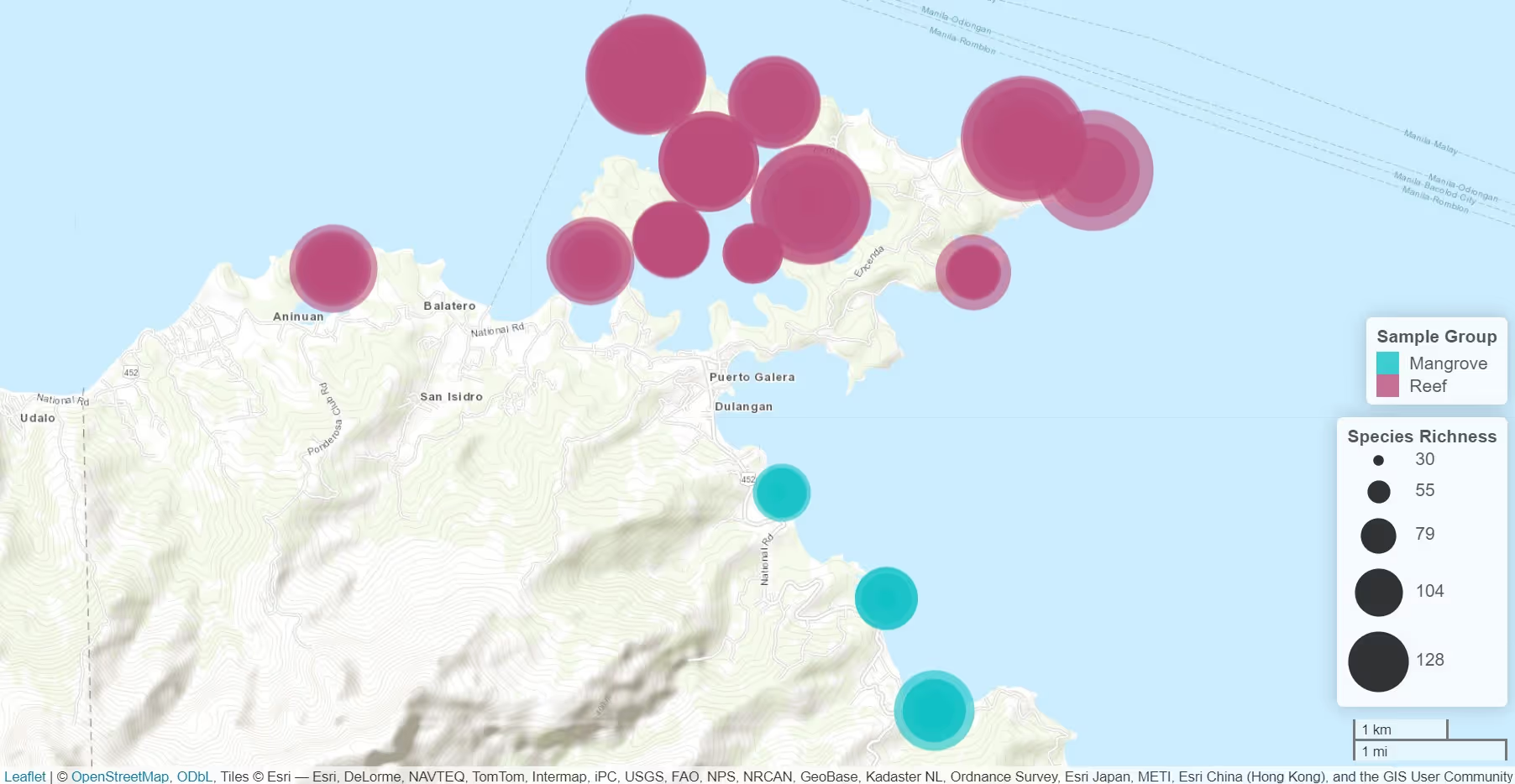
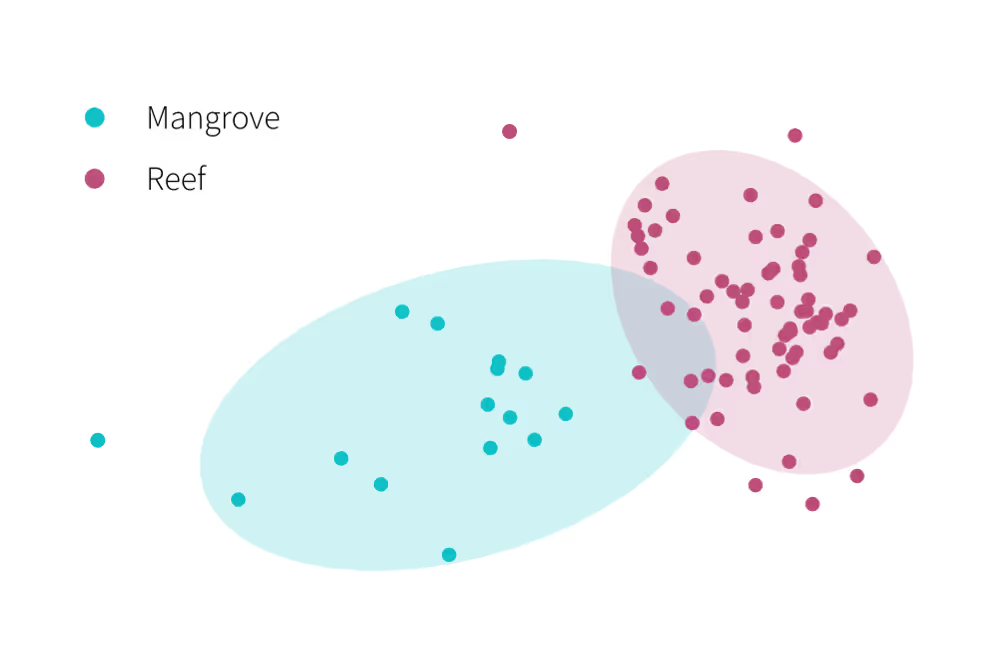
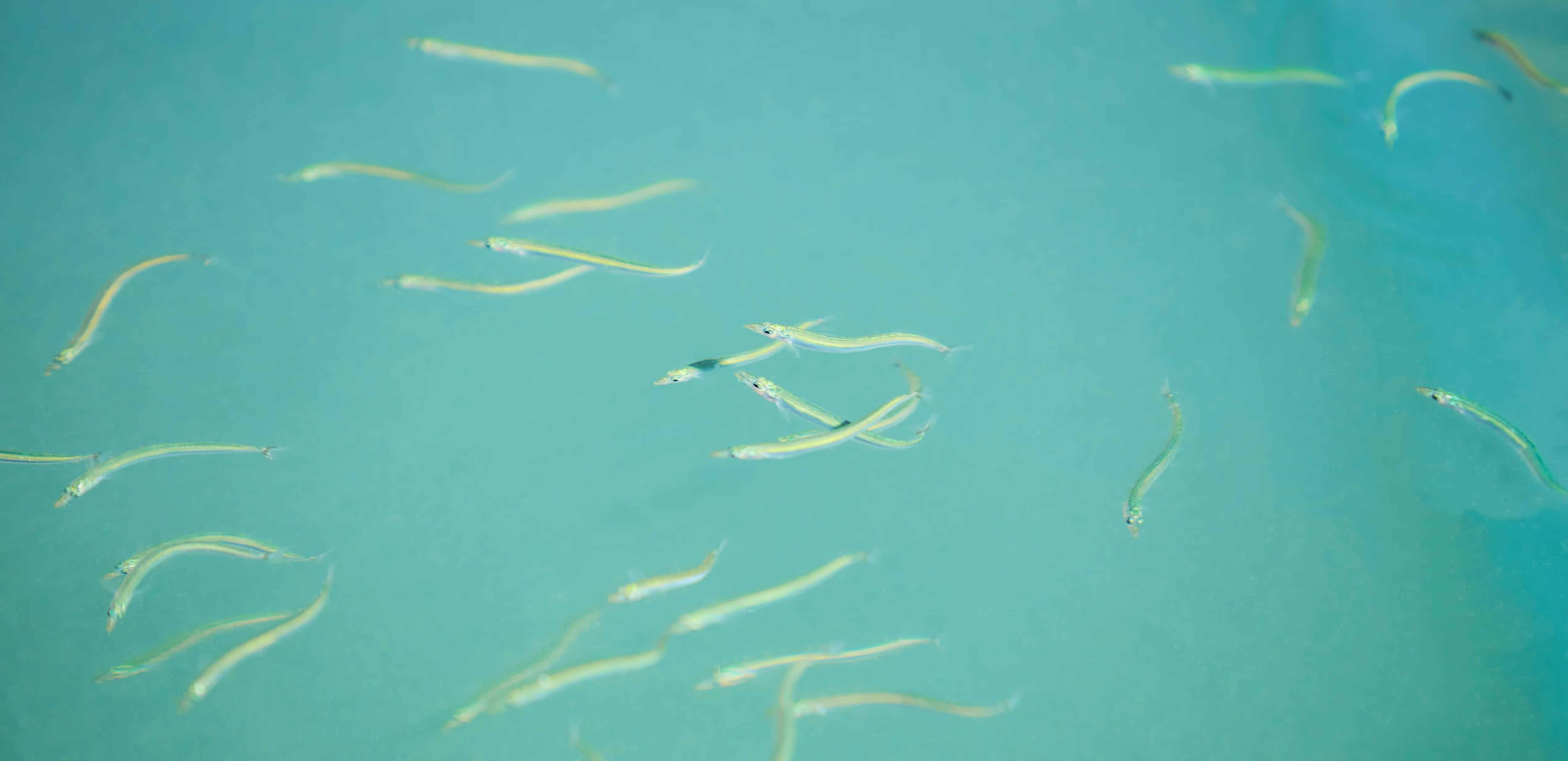
.avif)
